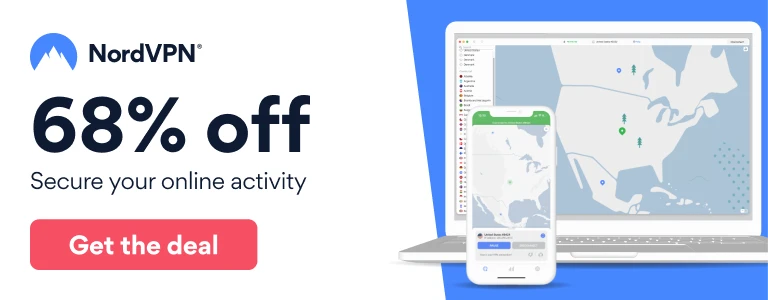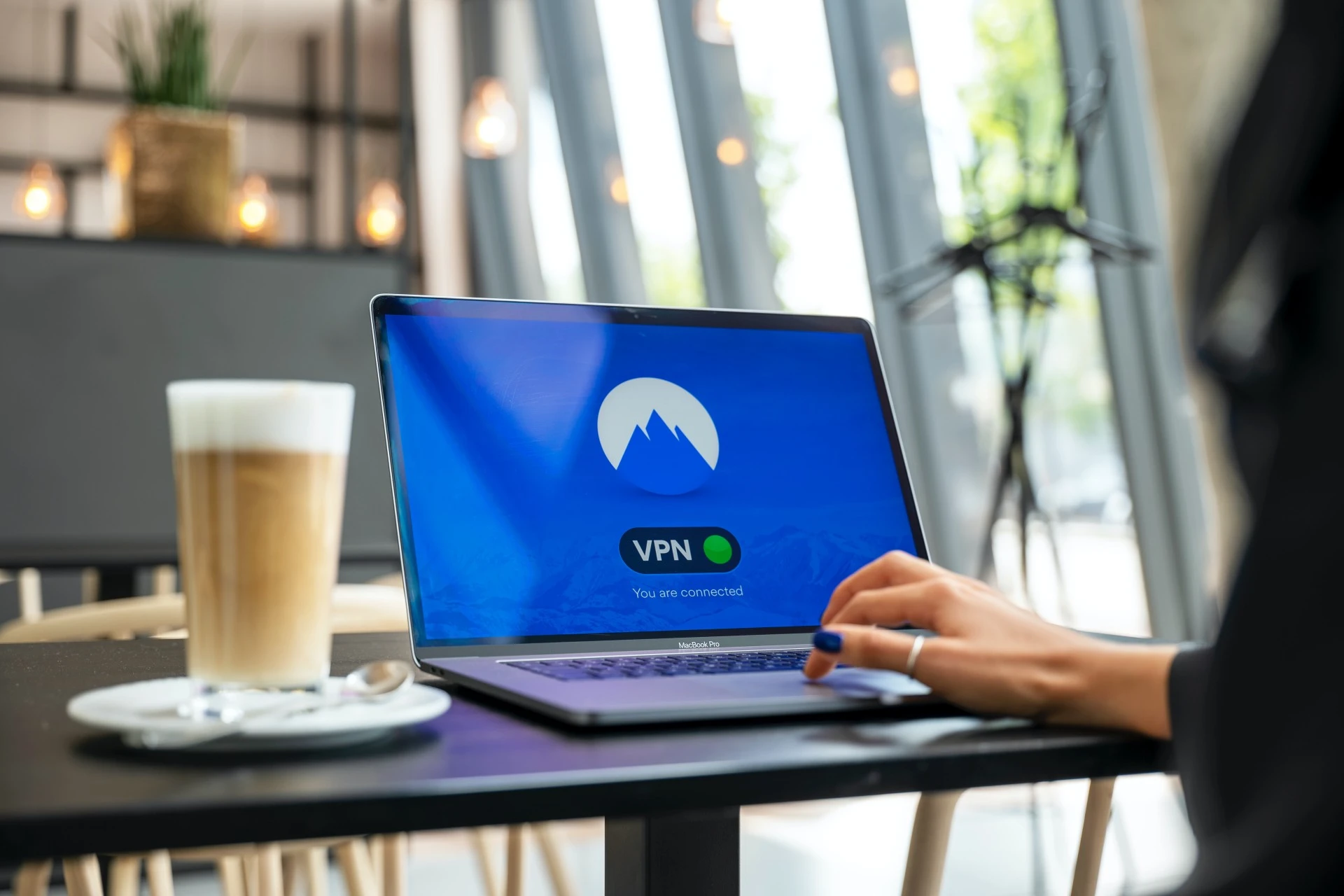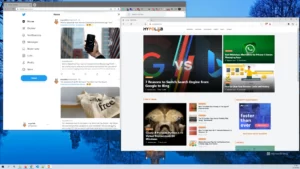When it comes to traveling, a safe data connection is essential. While you can generally depend on your mobile phone carrier’s service to be safe from prying eyes, the same can’t be said for a hotel, cafe, or shopping centre. The odds of these places being compromised by hackers or malware are generally pretty low, but there’s no reason to take chances if you’re handling sensitive personal data.
But you still want to be able to connect on the go, especially if you’ve brought a tablet or laptop. You have two choices for the sake of safety: using a VPN service, or connecting to the internet through your mobile device’s tethering feature.
Virtual Private Network – secure option
A VPN, or virtual private network, is a service that creates an encrypted tunnel between your device and a remote server. This means that anyone monitoring the traffic over public Wi-Fi can’t see what you’re doing – they would only see gibberish. VPNs are widely used in business settings, but they’re also a great option for travelers. Services like NordVPN and TunnelBear offer mobile apps that are easy to use, and they don’t cost very much.
A virtual private network, often abbreviated to VPN, is like a tunnel that provides an encrypted connection to a remote server that manages all of the traffic flowing into and out of your computer or phone. This prevents any other traffic or users from infecting your data, even if you’re using an unsecured connection. Laptops, desktops, smartphones, and tablets with almost every operating system are able to utilize VPNs.


The cost of buying access to a VPN is typically under $15 for a single month or considerably less for longer-term subscriptions. While there are free options, they are often lacking in terms of security and may even sell your personal information in aggregate to third parties. If you’re concerned about privacy, paid alternatives that have been around for some time are the way to go.
To use a VPN, first, connect to the local network using Wi-Fi or Ethernet, then start and enable the VPN software. This establishes a secure connection within the local network as well as the wider internet. You can browse any website, including ones that have access to your personal information, once the VPN is up and running.
Virtual Private Networking (VPN) has long been a difficult technique to utilize, but it’s become far easier and more frequent in recent years. That said, simply having a VPN does not guarantee your security. You’ll need to utilize one that is trustworthy and secure. Many of them aren’t any safer than an ordinary connection, even the paid ones.
I use NordVPN, and if you’re interested in learning more, click here.
Mobile Tethering – the easy option
You may also choose to forego a local connection and instead make use of the data supplied by your phone. Both iPhones and Android devices now include easy-to-use built-in features that transform them into Wi-Fi hotspots, allowing laptops, tablets, and other devices to connect to the mobile internet through them.
You control the connection using mobile tethering, so you don’t need to worry about extra security if you trust your mobile provider. While mobile tethering used to be extremely sluggish, LTE and new 5G phones have advanced such that it is typically just as quick or faster than local Wi-Fi networks. You should be able to utilize the internet without problems, including video streaming, as long as your phone has a decent signal.
The problem is, mobile tethering can get expensive very quickly. Laptops, tablets, and other devices use data at a much faster rate than smartphones do, and depending on how your phone’s data plan is configured, it may rack up charges fast.
If you’re going on a trip and you know you’ll have decent mobile coverage, check your plan’s tethering choices to be sure there aren’t any hidden costs. Buying access to a VPN for a month maybe the more cost-effective option if you have free Wi-Fi at your hotel and other locations, so it may be the more environmentally responsible choice.


Conclusion
The bottom line is that when you’re traveling, a safe data connection is essential. You have two choices for the sake of safety: using a VPN service, or tethering feature. Whichever option you choose, make sure to research your options and pick the best one for your needs. We hope our guide has been helpful!





